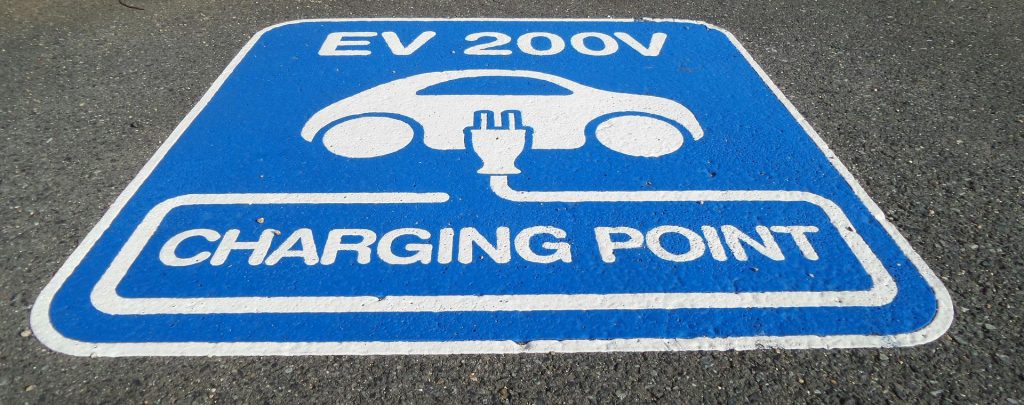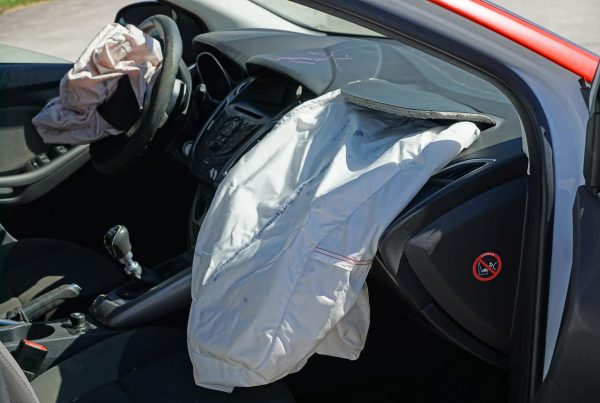- European Recharging Network, Still Weak - 09/05/2022

The network of electric charging points in Europe is far from desirable at this stage of the game. In 2019, the European Union made a commitment to its citizens to transform its economy by 2050 into a climate-neutral one. To do so, it must reduce its greenhouse gas emissions from transport by 90% compared to 1990 values.
This commitment was materialized in the so-called Green Deal which estimated that by 2025 there would be 13 million zero and low-emission vehicles circulating on European roads and more than 30 million zero-emission vehicles by 2030. However, in order to cover the charging needs of all these electric and electrified vehicles in these terms, many electric recharging points distributed along European roads would be needed.
And this is where we have not yet arrived. To meet this demand, 150,000 new points would be needed every year. Not to mention the still unresolved issue that these new points would have to offer a harmonised payment system, also known as interoperability.
A Vast Territory And Many Legislative Obstacles
As a company that is working hard to achieve these goals, at A2A E-Mobility we promote the sustainable growth of our country (Italy) by committing ourselves to guide its ecological transition. In this sense, we are revising our plan on the rise to be one of the main players in the market by 2030 because, at the moment, there are just under a thousand recharging points on public land and on private land with public access.
However, it should be noted that it is not enough to promote the installation of recharging points; it is also necessary to ensure that they are managed efficiently. That is why we have been working in the field of e-mobility for more than 10 years.
We started with the company’s reference territory, in Lombardy (Italy), focusing on process improvement and relationship management with public authorities.
However, in the absence of a reference body of legislation, we have had to deal with more complex authorisation procedures. Over time we have seen a slow but progressive homogenisation of procedures, and we expect them to be consolidated in the near future.
On the other hand, the practices for managing the process are becoming increasingly clearer, thanks to the fact that the legislator is increasingly trying to support public administrations by defining regulations designed to support them in the implementation of pricing infrastructures. However, another problem to be faced is the training of personnel, who are often unfamiliar with the procedures and lack the tools to inform themselves.
Challenges For The Implementation Of A European Recharging Network
As a result of this effort, we have reached an agreement with Enel, whereby the customers of both companies will be able to use the service of more than 15,000 recharging points throughout the country.
On the other hand, we are also working to ensure that the electricity supply to these points is of renewable origin as part of our sustainable development strategy. Thus, we establish strong commitments to ensure that all public access recharging infrastructure in its network is powered by energy produced by 100% renewable sources. Our process follows Guarantees of Origin (GO), which is a certification issued by the GSE (energy service manager) that certifies that the specific renewable energy is produced from renewable sources and comes from qualified plants (IGO).
Along these lines, there is a growing awareness in Europe of the production methodology and raw materials used to create charging columns or batteries. This is why our industrial plan foresees 16 billion of investment dedicated to promoting the circular economy and the energy transition.
And it is that the issue of batteries must be addressed at the national level by defining a shared strategic plan. Europe, however, gives precise indications on the recycling and disposal of batteries and we, as A2A, believe that between the recycling of raw materials (nickel, cobalt, etc.) and the numerous uses in the second life, batteries can be used as a true model of circular economy.

The Risk Of Too Slow EV Deployment
Many companies dedicated to the installation of electric recharging points obtain a return on investment that is too long given the still incipient implementation of electric vehicles. This return is theoretically close to eight years, however many reach up to 12 years, which may increase the possibility of this having an impact on the price per kW/h applied to the end consumer.
Thus, it is most likely that tariff increases per kW/h will increase due to the increase in the cost of raw materials, which is precisely what is happening in these months.
As A2A we believe in the advantages of electric car use, so thanks to our ability to mitigate the cyclical effects of commodities, we will provide a continuity profile for services based on electricity supply.
One option we are developing contemplates a data-driven strategy to support our strategic decisions by taking into account the needs of users, choosing the most appropriate infrastructure for different contexts, both urban and inter-urban, choosing the best possible locations. Also through a monitoring of national and European incentives that can certainly support the growth of companies.
Electrified, Public And Private Transportation
TAll these measures for the implementation of a public recharging network are not only part of the development policies for private transport but also for public transport.
The electrification of mobility also applies to other modes of urban transport. On the one hand, micro-mobility is already electric and local public transport is progressively moving towards electrification, also driven by government incentives.
This is a strategic sector for us and we are working to build sustainable business models with strategic partners. Because this is a sector that is growing strongly and consolidating.
This means that operators will expand by working on a progressive national development, which could be extended to the whole of Europe in the future, always closely linked to global automotive strategies.

![[Spanish]](https://evinsights.co/wp-content/plugins/sitepress-multilingual-cms/res/flags/es.png)




